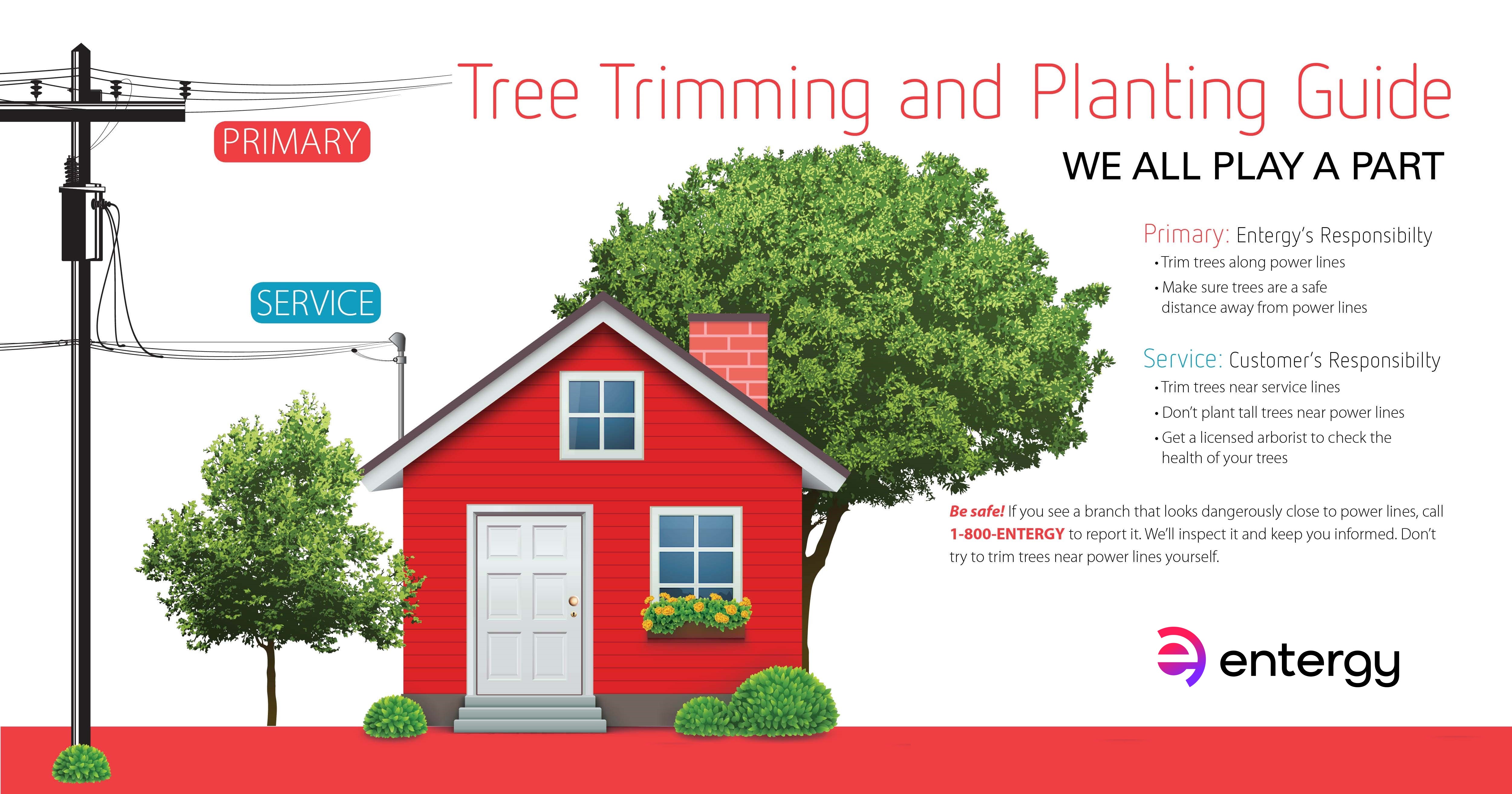Securing Your Landscape: Replanting After Tree Elimination
Securing Your Landscape: Replanting After Tree Elimination
Blog Article
Write-Up Developed By-Poulsen Haaning
Tree removal can leave a space in your landscape that requires dental filling. You can plant something new in that room, however it takes additional care and focus at the beginning to help it thrive.
The dirt because area will certainly keep changing with time as microbes break down the old origins. That can affect the nutrient equilibrium and physical room for new growth.
Dirt
The soil in a plot where a tree has been eliminated is likely to be very various from the remainder of your garden or backyard. The origins of the old tree and the stump will certainly have transformed the dirt, getting rid of some nutrients and possibly crowding out other plants. Furthermore, if the previous tree was unhealthy, the contagious representative might still remain in the ground.
The presence of origins fosters an abundant and diverse community of soil microorganisms that boosts important procedures like nutrient cycling and organic matter decay. Without these bacteria, the displaced soil can become less abundant and nutrient-depleted, with a negative influence on plant growth.
Prior to replanting, the soil needs to be eliminated of particles and natural material (such as wood chips from stump grinding). You might want to mix in potting soil or native dust with this compost to offer your new planting with an atmosphere that is well balanced and full of nutrients.
Water
Tree origins take in huge amounts of water from the dirt. This process also includes nutrients back to the soil, particularly nitrogen, which is crucial for brand-new trees and plants. Unfortunately, old dirt can be diminished of these vital minerals as a result of the rotting origins and stump from an eliminated tree.
This is why it's important to have a prepare for the future of your landscape. Ideally, the very best time to plant is when you have a clean slate.
Whether you're growing yard or flowers, make sure to utilize a soaker hose to stay clear of overwatering your brand-new landscaping. If the area was a garden, ensure to cover the dirt with organic mulch to assist maintain dampness in the dirt, manage dirt temperature levels and suppress weeds. This also supplies a layer of protection for young plants and promotes worm task. After that, on a regular basis renew the mulch to continue enhancing the soil nutrient thickness and microbial life. This is known as dirt repair.
Light
Trees are a terrific addition to any kind of landscape, giving shade, aesthetic pulchritude, and lots of various other benefits. However, occasionally trees come to be unpleasant because of a range of factors, consisting of disease, pest invasions and natural aging.
In such situations, it might be needed to get rid of a tree. It is necessary to consider the value of a particular tree in your landscape design and take the appropriate steps to make sure that the elimination is done safely and successfully.
During the late summer, it's an optimal time to execute maintenance and evaluations on existing trees. Try to find indicators of illness, insect problems, or architectural damages, in addition to any type of potential threats such as damaged or leaning trees.
Before beginning any kind of construction tasks, make certain to safeguard the root zones of existing trees by staying clear of dirt compaction and grading around them. Organic matter, as it breaks down, can produce harmful gases that are detrimental to the roots of a tree. It's additionally a good idea to mulch the area around a tree after building and construction has actually completed to preserve moisture and subdue weed development.
Temperature level
Trees are essential to a landscape for their aesthetic appeal, yet they additionally play a crucial duty in the neighborhood ecological community by providing shade and windbreaks. They sustain wildlife habitats and decrease the amount of carbon dioxide in the air, which can add to worldwide warming. This is why it is advisable to replant trees after getting rid of one from the residential property.
When replanting take a look at the site here in the location of a previous stump, the soil might not have enough nutrients to sustain it. It is best to await a year before planting to make certain that the soil will be rich in nutrients.
To make sure that replanted trees flourish, it is crucial to give them with correct care. A layer of mulch will keep soil dampness from evaporating, control dirt temperature, and help suppress weeds. Organic mulch is the favored selection since it enhances soil fertility. Recurring fertilization and pest control are additionally essential for replanted trees.